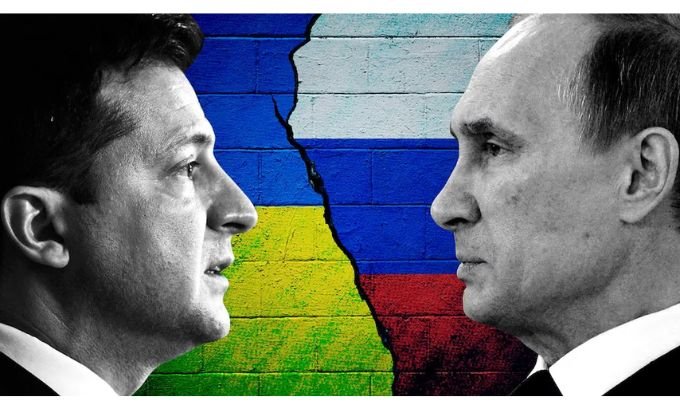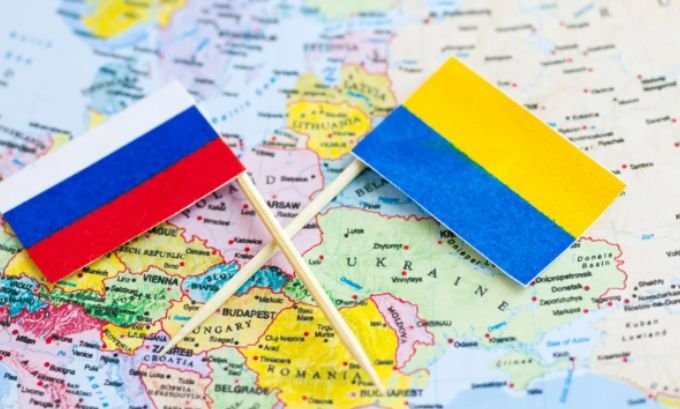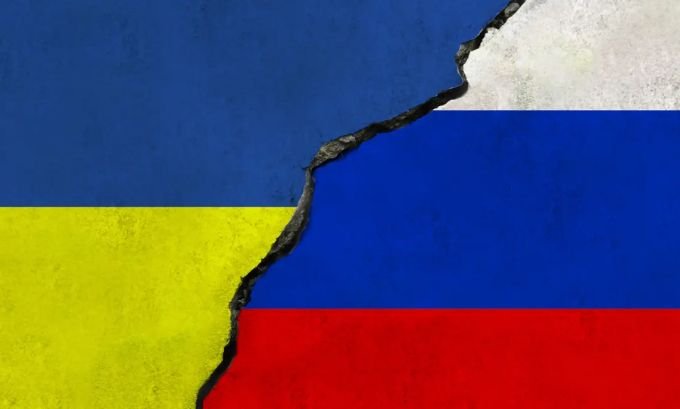The Russia-Ukraine war has become one of the most significant conflicts of the 21st century, reshaping global politics and affecting millions of lives. While many people associate the war’s beginning with Russia’s full-scale invasion on February 24, 2022, the roots of this conflict stretch back much further. Understanding who started this war requires examining both recent escalations and deeper historical tensions that have simmered for decades.
The question of responsibility isn’t just academic—it has real implications for international law, diplomatic efforts, and how the global community responds to aggression. By tracing the timeline of events and examining the key players involved, we can better understand how this devastating conflict began and why it continues to impact the world today.
Table of Contents
The Immediate Catalyst: Russia’s 2022 Invasion
On February 24, 2022, Russian President Vladimir Putin ordered a full-scale military invasion of Ukraine, marking the most dramatic escalation in a conflict that had been brewing for years. Putin announced what he called a “special military operation,” claiming it was necessary to “demilitarize and denazify” Ukraine.
This invasion represented a clear act of aggression under international law. Russia launched attacks from multiple directions, targeting major Ukrainian cities including Kyiv, Kharkiv, and Mariupol. The scale and coordination of these attacks left no doubt that Russia had been planning this operation for months, if not years.
However, labeling Putin as the sole initiator oversimplifies a complex situation. The 2022 invasion was the culmination of escalating tensions and previous conflicts that began much earlier.

The 2014 Annexation: An Earlier Beginning
Many experts point to 2014 as the actual start of the Russia-Ukraine war. That year, Russia annexed Crimea and began supporting separatist movements in eastern Ukraine’s Donetsk and Luhansk regions.
The annexation of Crimea followed the Ukrainian Revolution of Dignity, which resulted in the ousting of pro-Russian President Viktor Yanukovych. Putin viewed this as a Western-backed coup and responded by seizing the strategic Crimean Peninsula, which housed Russia’s Black Sea Fleet.
Simultaneously, pro-Russian separatists declared independence in parts of the Donbas region. Russia provided these groups with weapons, training, and personnel, effectively starting a proxy war that would simmer for eight years before the 2022 escalation.
Historical Context: Deep-Rooted Tensions
Soviet Legacy and Independence
The tensions between Russia and Ukraine have historical roots dating back centuries, but the most relevant context begins with Ukraine’s independence in 1991. As the Soviet Union collapsed, Ukraine declared sovereignty, but Russia never fully accepted this reality.
Many Russians, including Putin, viewed Ukraine as an integral part of Russian civilization rather than a separate nation. This perspective created an inherent tension that would manifest in various ways over the following decades.
NATO Expansion Concerns
Russia has consistently opposed NATO’s eastward expansion since the 1990s. Putin and other Russian leaders viewed the potential inclusion of former Soviet republics like Ukraine and Georgia as an existential threat to Russian security.
While NATO maintained that its expansion was defensive and that countries had the right to choose their own security arrangements, Russia saw it as aggressive encroachment on its sphere of influence.
Key Players and Their Roles
Vladimir Putin’s Vision
Putin’s role in starting the Russia-Ukraine war cannot be understated. His worldview, shaped by his KGB background and belief in restoring Russian greatness, drove many of the decisions that led to conflict.
Putin has repeatedly denied Ukraine’s right to exist as an independent state, calling Ukrainians and Russians “one people” and describing Ukraine as an artificial creation. These beliefs directly influenced his decision to use military force to prevent Ukraine from aligning with the West.
Ukrainian Leadership and Western Alignment
Ukrainian leaders, particularly since 2014, have consistently sought closer ties with the European Union and NATO. President Volodymyr Zelensky, elected in 2019, continued this pro-Western orientation despite Russian pressure.
While Ukraine’s desire for Western integration was legitimate, it inevitably heightened tensions with Russia, which viewed such moves as provocative.
Western Powers and NATO
The role of Western nations in the conflict’s origins remains debated. While they didn’t directly start the war, their policies regarding NATO expansion and support for Ukrainian independence contributed to the geopolitical tensions that Putin used to justify his actions.
The West’s response to Russia’s 2014 actions—sanctions and diplomatic pressure but no military intervention—may have convinced Putin that he could act with relative impunity.
The Legal and International Perspective
Under international law, Russia bears clear responsibility for starting the war through its acts of aggression. The United Nations Charter prohibits the use of force against another state’s territorial integrity, making Russia’s actions illegal regardless of its stated justifications.
The International Court of Justice and other international bodies have consistently ruled that Russia’s claims about genocide in Ukraine and other justifications for invasion are unfounded and do not justify military action under international law.

Regional and Global Implications
The question of who started the Russia-Ukraine war has implications beyond assigning blame. It affects how other nations respond to the conflict, what kind of support Ukraine receives, and how similar situations might be handled in the future.
Russia’s actions have strengthened NATO unity and accelerated the alliance’s expansion, with Finland joining in 2023 and Sweden’s membership pending. This outcome directly contradicts Putin’s stated goal of preventing NATO expansion.
Understanding Multiple Perspectives
While Russia bears primary responsibility for the war’s outbreak, understanding different perspectives helps explain how the conflict developed:
Russian Perspective: Many Russians believe their country was defending itself against Western encroachment and protecting Russian-speaking populations in Ukraine.
Ukrainian Perspective: Ukrainians see the conflict as an unprovoked attack on their sovereignty and a fight for their right to exist as an independent nation.
Western Perspective: Most Western nations view the war as Russian aggression that threatens the international order established after World War II.
Moving Forward: Lessons and Consequences
The Russia-Ukraine war demonstrates how historical grievances, geopolitical competition, and authoritarian ambitions can combine to create devastating conflicts. While Putin made the ultimate decision to launch the 2022 invasion, the war’s origins involve a complex web of factors that developed over decades.
Understanding these origins is crucial for preventing similar conflicts and working toward eventual peace. It requires acknowledging both Russia’s clear legal and moral responsibility for the aggression while also recognizing the broader context that enabled this tragedy to unfold.
The international community’s response to this war will likely shape global politics for years to come, making it essential to understand not just who started it, but why it happened and how similar conflicts might be prevented in the future.

